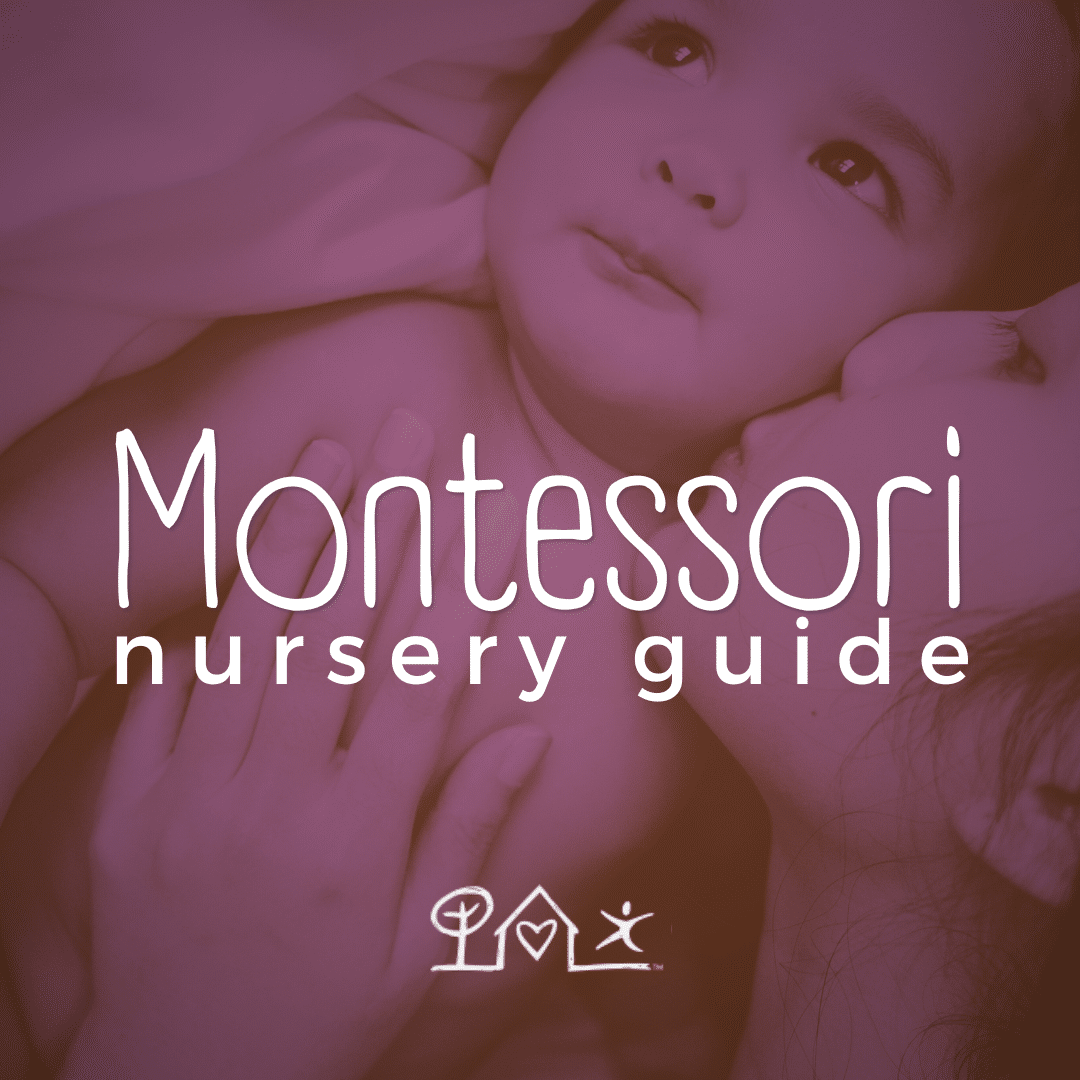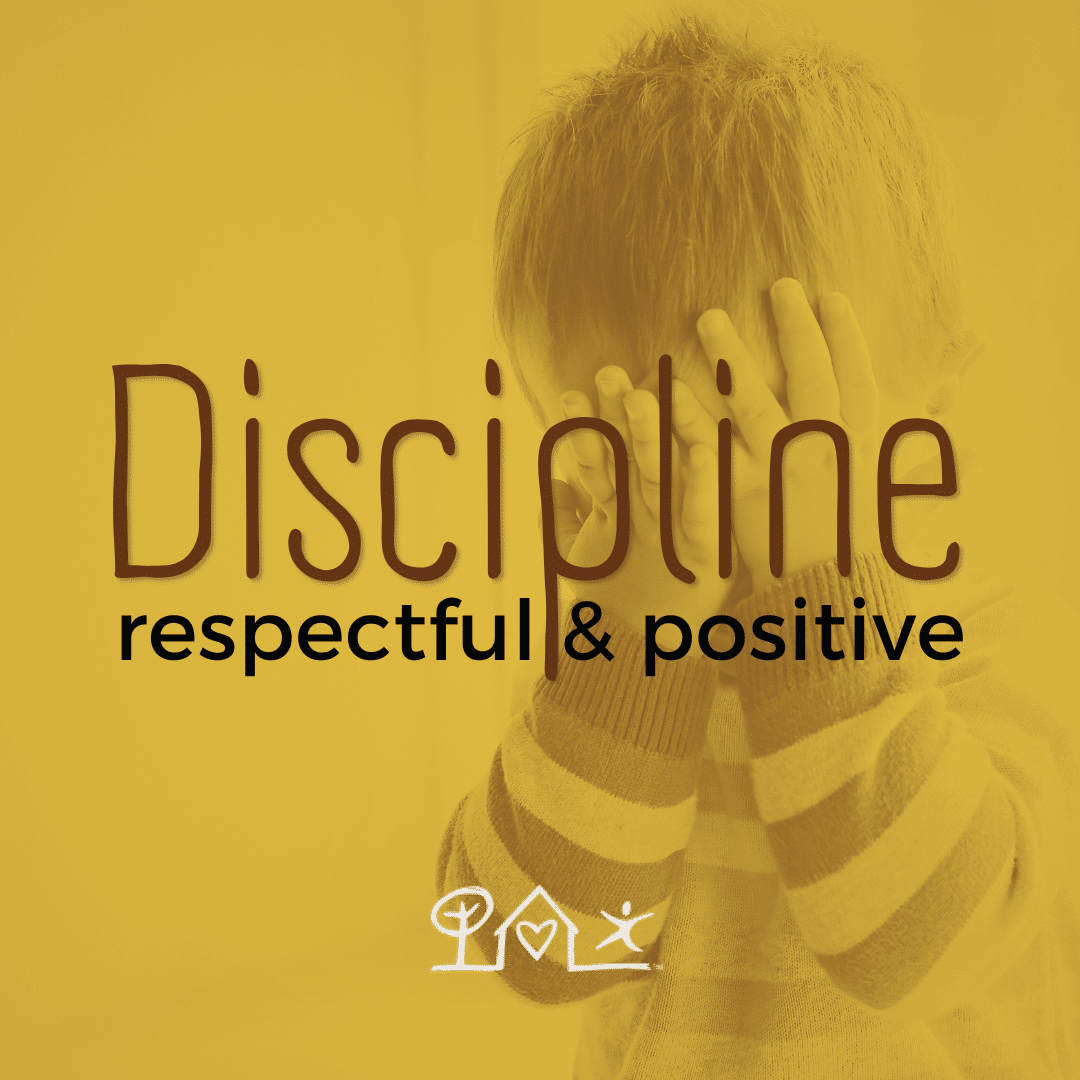Table manners… Healthy eating habits… Self-control. We all want our children to develop these abilities, but it’s hard for parents to know how and when to start! Did you know that children have the potential to develop these qualities from the time they start showing interest in solid food?
While you might think it’s impossible to instill these qualities in your baby or toddler, it’s really not that hard if you have the right expectations and tools.
Three practical Montessori concepts are helpful for your baby’s mealtime success: a special placemat; real china, glassware, and silverware; and a weaning table or a highchair that pulls up to the dining room table.
The Montessori placemat lets your child know where everything goes, so she gets used to putting her cup in a safe spot, starts learning the proper placing of silverware, and can eventually set the table independently. This special placemat can be hand-stitched or purchased. You can learn more about the placemat in this week’s video.
Real china, glassware, and silverware help the child develop self-control through natural consequences. Even before the age of one, a child who’s been allowed to experience these consequences will show more awareness and better table manners than a child who’s only been exposed to plastic.
A weaning table helps establish a new feeding relationship between the parent and child. The child understands that she’s no longer dependent on her mother’s body for nourishment, and learns to be an active participant in her feeding process. Children who are allowed to feed themselves (or at least participate in the process with their own spoon) will often taste a wider variety of flavors and textures. The weaning table is best for meals the child takes at different times from the family (such as the afternoon snack).
For occasions when the child is eating at the same time as the rest of her family, a highchair (like the Tripp-Trapp) that pulls up to the table helps her feel included and solidifies the feeling of being part of the family unit. When a child participates in the family’s mealtime, she learns through observation, imitation, and experimentation. She watches mom and dad use a fork, then picks up her own and tests out which end brings food to her mouth more effectively. She discovers that napkins are for wiping mouths; that spills must be cleaned up, and that conversation is an enjoyable part of the meal. She gets to try new foods and expands her palate without effort. She develops the ability to wait for food to arrive and to stay seated while eating.
With patience and dedication, Montessori mealtimes can provide a very young child with experiences that will set her up for a lifetime of success. Bon appétit!
A Montessori cloth placemat provides a “road map” for a young child during her first mealtime experiences. Real china, silverware, and glassware allow the child to feel trusted and give a sense of importance to the new experience.
For more tips on how to introduce Montessori activities, read The Nine Key Points to Sharing a New Activity with Your Child.
P.S. Would you like my support and guidance setting-up your Montessori home? If, yes then go ahead and schedule a ‘Discovery Session’ with me. It’s free and you’ll know if we are a good fit. 😉







4 thoughts on “Your child’ first placemat”
How timely! My daughter is 4-1/2 months and we are preparing to introduce solids when she is ableaving to sit upright. Should all of the table setting be introduced at the same time? Should it be paired with a meal or introduced at a separate time? Much appreciated!
Kristina, This is an exciting time. This little set-up is to introduce the first meals, it is about honoring the new relationship to food. Only use what will be used for the meal and always have an extra utensil for you to help her actually get food in her mouth. Let us know how it goes.